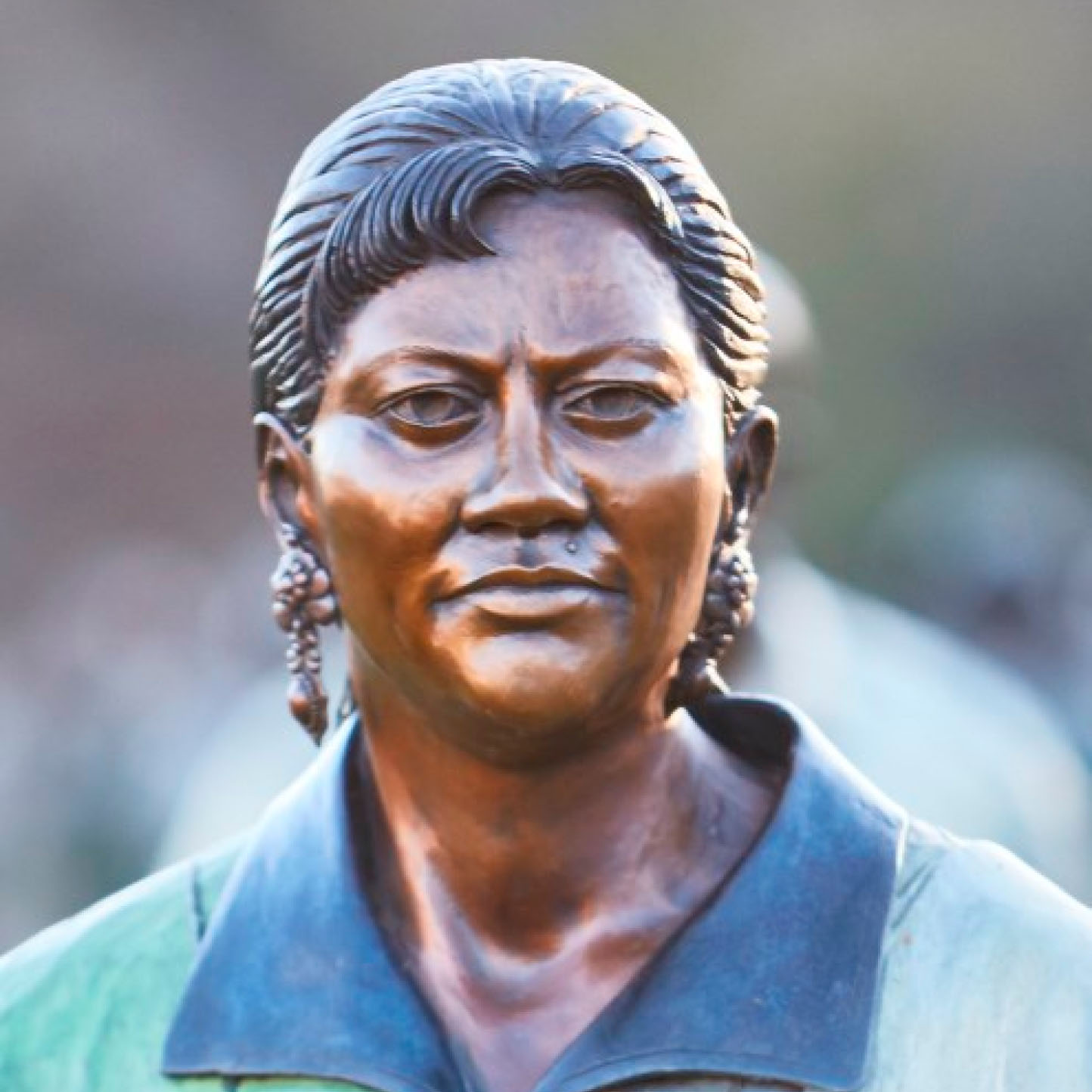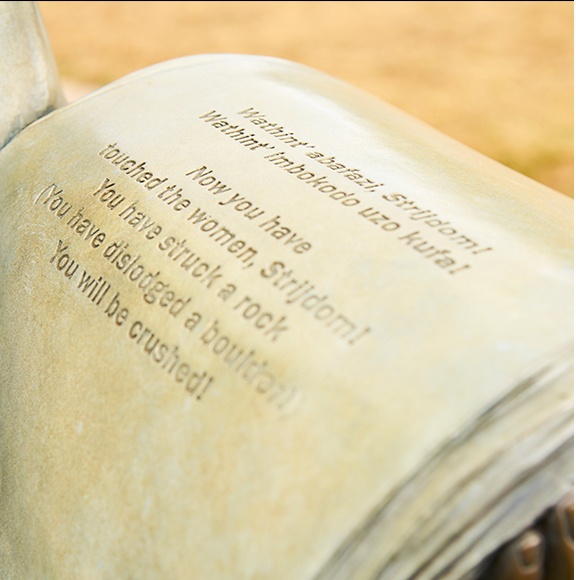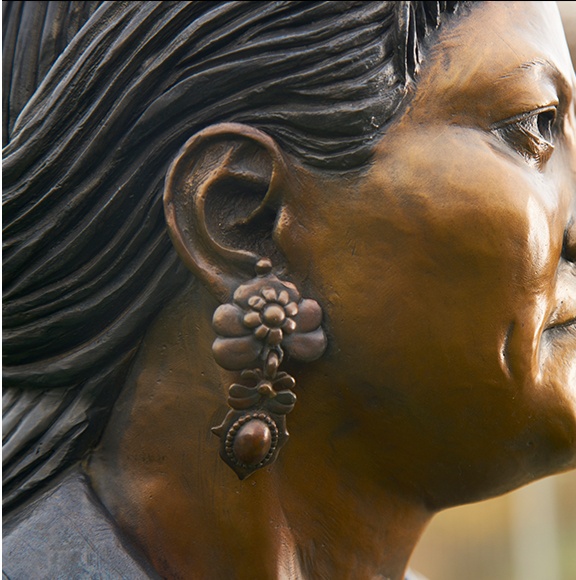


"She was to lead the Indian women, and there was some anxiety over her, for she was expecting a child within days. But she declared that she would be strong enough, that the future of her child was the future of all South African children, and that her place was there, part of the protest."
Helen Joseph speaking about Rahima Moosa in Tomorrow’s Sun (1966)
Rahima Moosa
1922 - 1993
Co-leader of the 1956 Women’s March, Union Activist, Member of the Transvaal Indian Congress, Organiser of the Congress of the People
Rahima Moosa is the lesser known of the four women who led the historic Womens March to the Union Buildings in 1956. The 20,000 strong march protested against laws that forced women to carry pass books and other repressive legislation and changed womens participation in South African politics forever.
Together with Helen Joseph, Lilian Ngoyi and Sophia Williams-de Bruyn, she delivered hundreds of signed petitions to the office of then Prime Minister J.G. Strijdom who refused to meet and accept the womens demands.
Moosa was recruited in her early twenties by trade union stalwart Ray Alexander to become a shop steward in the Cape Town Food and Canning Workers Union. Founded by Alexander in 1941 the union was committed to non-racialism and the organisation of all workers in the food industry. Moosa helped enlist workers from other food factories and fruit canning plants to the organisation.
Members of the Special Branch (Apartheids secret security police) were often stationed outside her house to monitor her suspected political activities, but were easily confused by Moosa and her twin sister, who managed to switch identities and hoodwink the patient officers.
Did You Know?
People often confuse the 1955 and 1956 marches to the Union Buildings because the same four women, including Rahima Moosa, led both. They are only distinguishable by their difference in clothing, as by 1956 three of the four women were wearing what became the uniform of the ANC Womens League.

